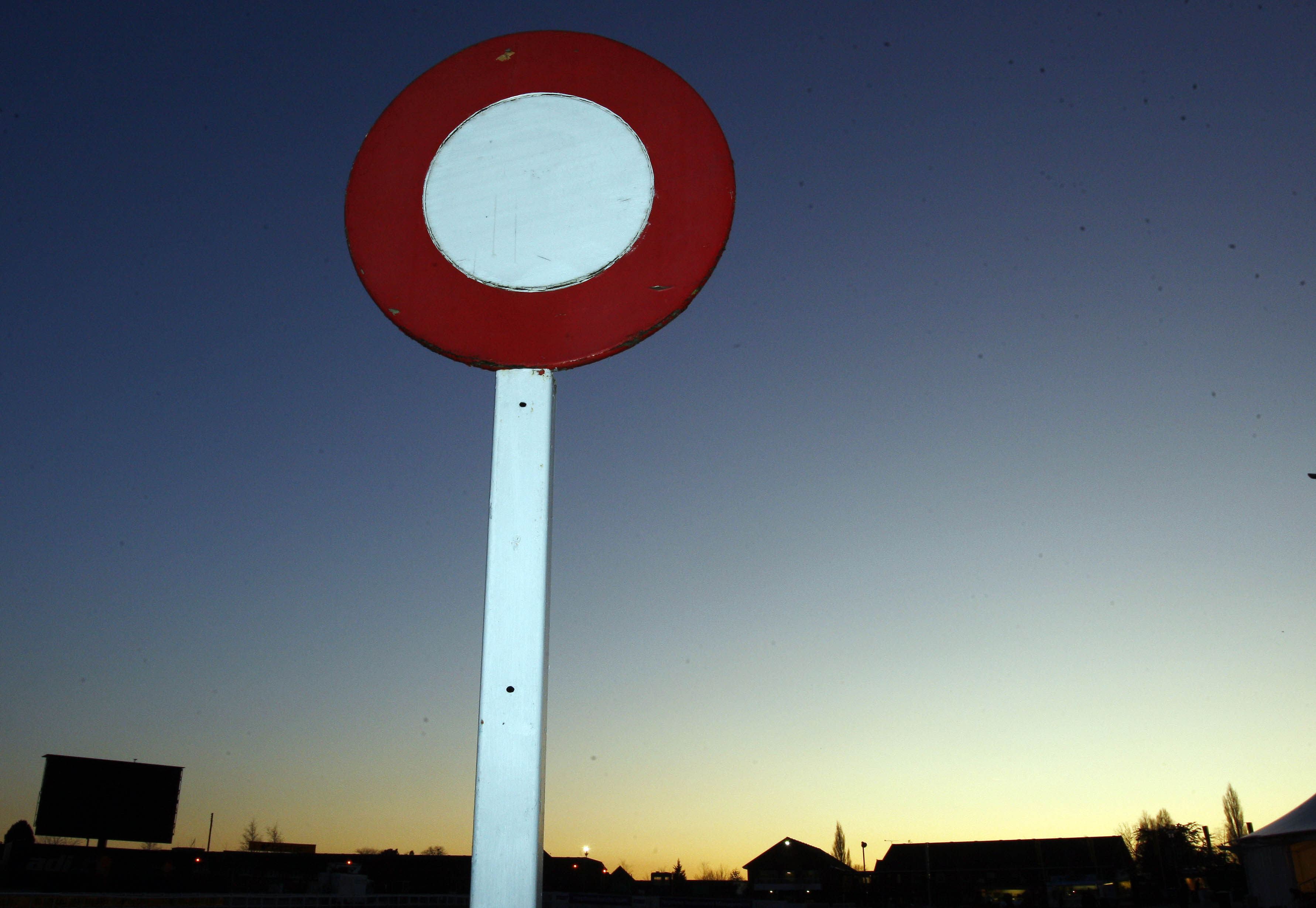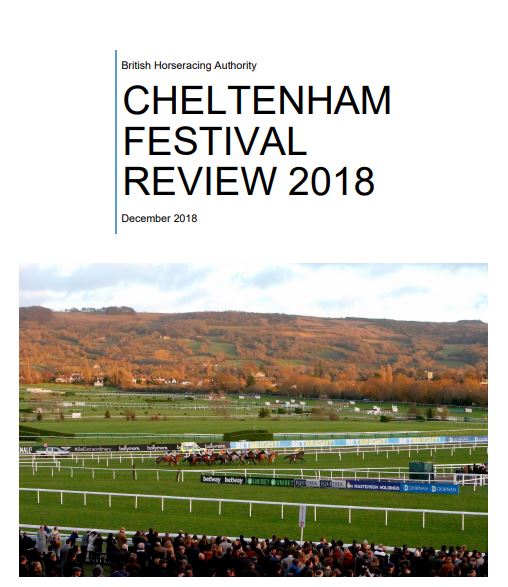The Cheltenham review was published in December 2018, following an increase of equine fatalities and long-term injuries at the course.

“British Racing must work together to reduce the risk of injuries occurring at The Festival and indeed Jump Racing as a whole. The recommendations of this review are designed to achieve this.
“I commend this review for the rigour and thoroughness of its approach. I also support the fact that its recommendations are intended to further raise the bar when it comes to welfare not only at Cheltenham, but across all of Jump racing.
“The Cheltenham review helps demonstrate our sport’s commitment towards higher goals, but it is far from the end of our ambitions on this front. A cross-industry welfare Board is currently being formed, with the intention of delivering a new strategy for the sport. I hope that everyone involved in British racing will join us in working to further enhance our good track record, and ensuring the sport remains relevant, understood, accepted and embraced by the British public”
Nick Rust, BHA Chief Executive
As part of the review, a rigorous process of data evaluation, consultation and review of video evidence took place, led by a dedicated review group and with input from external experts including the RSPCA and World Horse Welfare.
The full Cheltenham Review can be found here.
The Review’s 17 recommendations can be viewed here.
The report includes 17 recommendations and the central areas of focus fell across six broad categories: the courses; the obstacles; participant factors; starts, safety factors and race tempo; programming and race conditions; and veterinary histories and protective measures. The detailed analysis covered all races run at the Festival from 2007 to 2018, including 5,451 runners and 308 fallers. The evidence found that no single factor was definitively responsible for the deaths at the 2018 Festival, and that non-track factors – such as veterinary, participant, and race condition factors – could potentially be of equal, or potentially greater, significance than track-related factors.
Amongst the headline recommendations from the Review are:
-
- Pre-Race veterinary examinations will be increased to include all runners in all races at the Festival, with a view to identifying any risk factors that might make it necessary to prevent a horse from running in a race
- A maximum field size in all 2-mile Chases run at the course from 24 to 20, with the race most likely to be affected by this being the Grand Annual Chase
- Race conditions of the Martin Pipe Conditional Jockeys’ Handicap Hurdle to be altered to remove all rider weight-claiming allowances, thereby incentivising connections to secure the services of the most experienced jockeys
- BHA to engage with participants to further identify factors that contribute to risk.
- The industry must support a major research project to develop a predictive model for identifying risk factors for all Jump racing, including horse history and performance, rider and training factors.

An action plan for the implementation of the recommendations will now be developed by no later than February 2019, working with Cheltenham, Jockey Club Racecourses and others as appropriate.
Faller and injury rates at Cheltenham – as with all racecourses – will continue to be monitored. Where data and evidence shows any further trends that may emerge the BHA will work with the racecourse in question to consider any action that can be taken to further improve safety rates.

